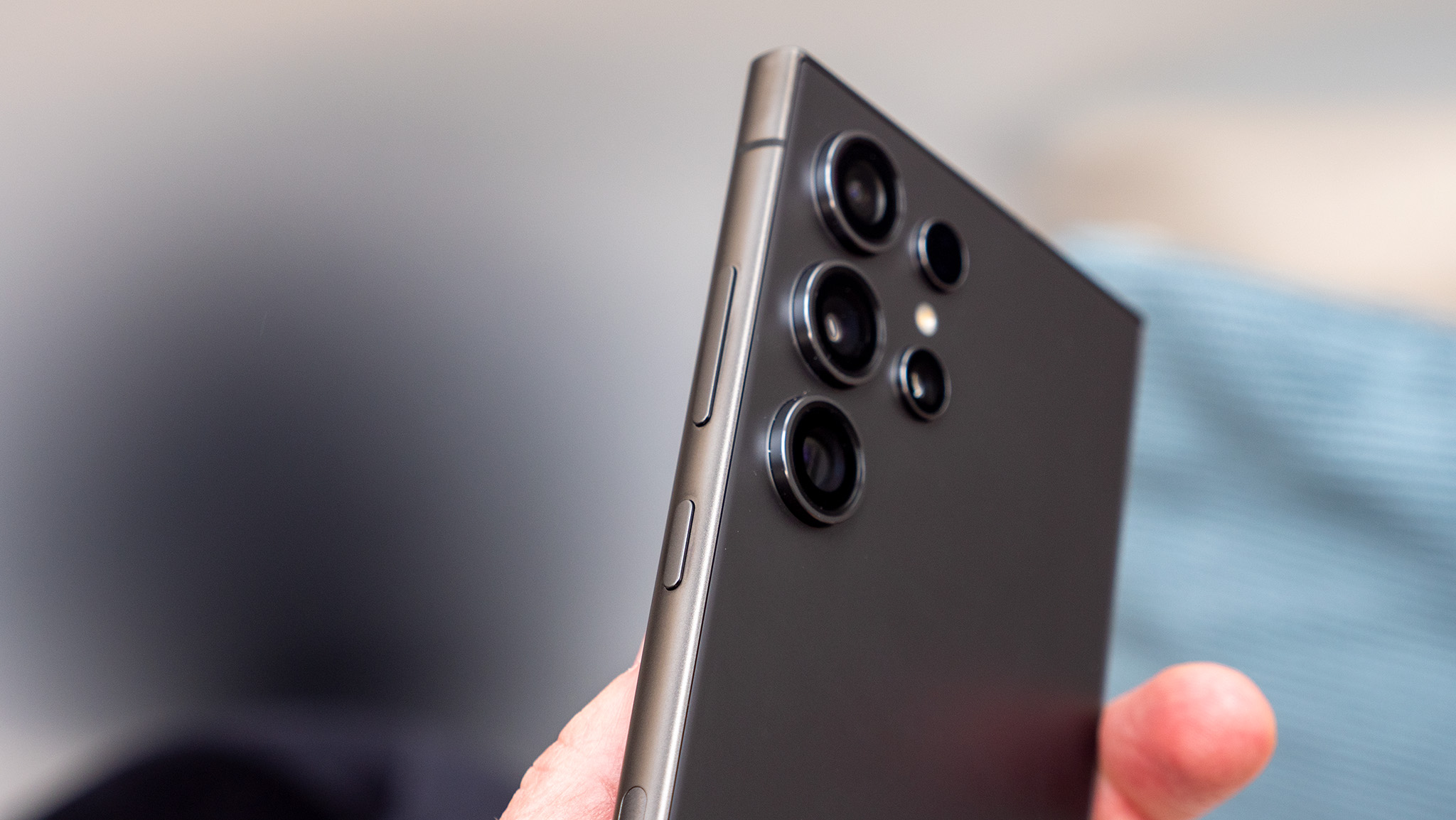Future Galaxy phones might have slimmer camera modules thanks to new tech
Samsung is cooking up a new process for implementing a camera lens into its smartphone body.

What you need to know
- Samsung highlighted its newly developed camera technology: ALoP (All Lenses on Prism).
- This technology places the lenses "horizontally" instead of vertically, which is said to increase the lens size/diameter without creating a massive bump.
- The constant struggle between bigger cameras and a larger bump was something Google's Pixel designer echoed in August.
Samsung details some new camera technology that may alleviate the dreaded "camera bump" issue.
According to Samsung's tech post, the company is developing a new telephoto camera technology under the name "ALoP" (All Lenses of Prism). The post states this is a "future telephoto camera solution" that retains clarity and brightness during the day or night. Usually, smartphones with a "set of large telephoto lenses" would have a rather noticeable camera bump.
However, Samsung states it aims to rectify that with its ALoP technology. The company says its new method uses a new optical structure that places the lenses "horizontally upon the prism, remaining in the plane of the smartphone body." Samsung states it can increase the effective lens size and diameter with ALoP without increasing the module's size (which gives us the camera bump).
The standard "folded" method places the camera's optics length-wise, meaning they're stacked vertically, pushing up against the phone's rear panel.
Samsung claims that its ALoP method not only reduces the size and thickness of a camera bump, but it has an additional key benefit: brightness.
The post states the ALoP technology can accommodate an f/2.5 aperture 80mm lens on a phone. Essentially, the lower the aperture number, the wider the lens opens for darker shots to receive more light. Samsung hopes this can provide consumers with a noise reduction when taking nighttime shots.
Another positive side effect is the ergonomic or aesthetical side of a camera bump reduction. Samsung states the ALoP method can potentially help it retain the "sleek" appearance of a phone since the "jarring" look of the bump is reduced.
Get the latest news from Android Central, your trusted companion in the world of Android

Samsung cited increased consumer interest in cameras as a catalyst behind why OEMs have added more lenses, creating a "crowded" array. This was a sentiment echoed by Google after it launched the Pixel 9 series with its (large and proud) camera bump. Google's Director of Design for Pixel phones, Claude Zellweger said that user interest is the reason behind "larger lenses and sensors.
Of course, wanting a lens with a longer focal length or with a lower aperture is nice, but that comes at a cost. Zellweger teased that a thinner camera bump could be possible in the future and that the Pixel 9's current design might not last forever.
For Samsung, it's unclear when we could see the ALoP tech's influence on a Galaxy device's telephoto module. Early rumors about the Galaxy S25 claim it will feature similar camera specs to its 2024 iteration. However, a major camera development could arrive for the alleged "Galaxy S25 Slim" with a strength that mirrors the Ultra model.

Nickolas is always excited about tech and getting his hands on it. Writing for him can vary from delivering the latest tech story to scribbling in his journal. When Nickolas isn't hitting a story, he's often grinding away at a game or chilling with a book in his hand.
You must confirm your public display name before commenting
Please logout and then login again, you will then be prompted to enter your display name.
